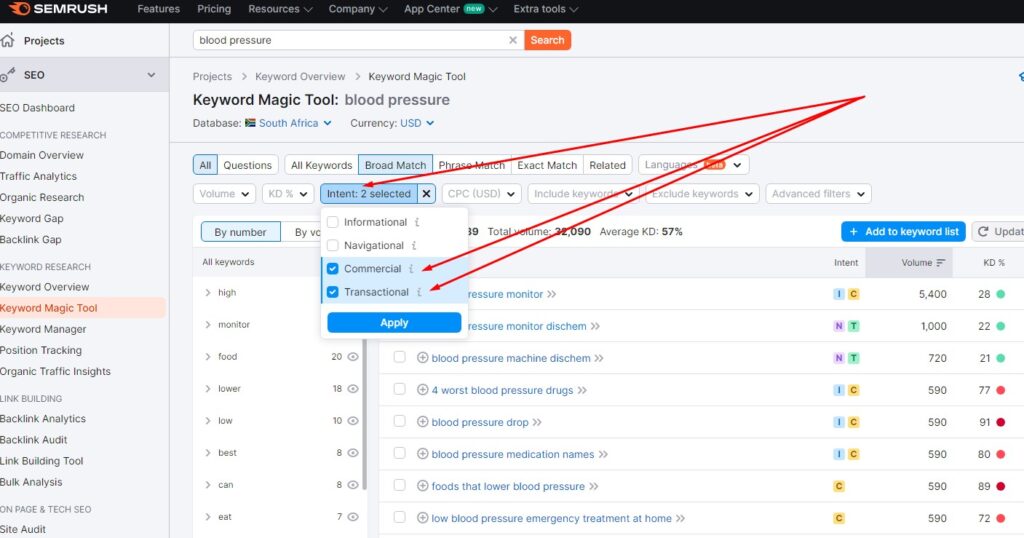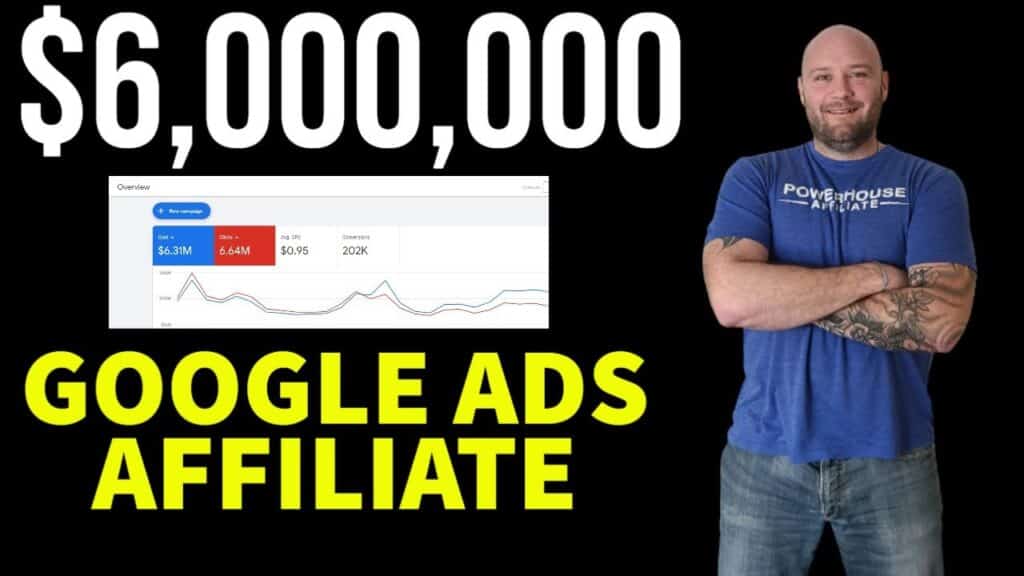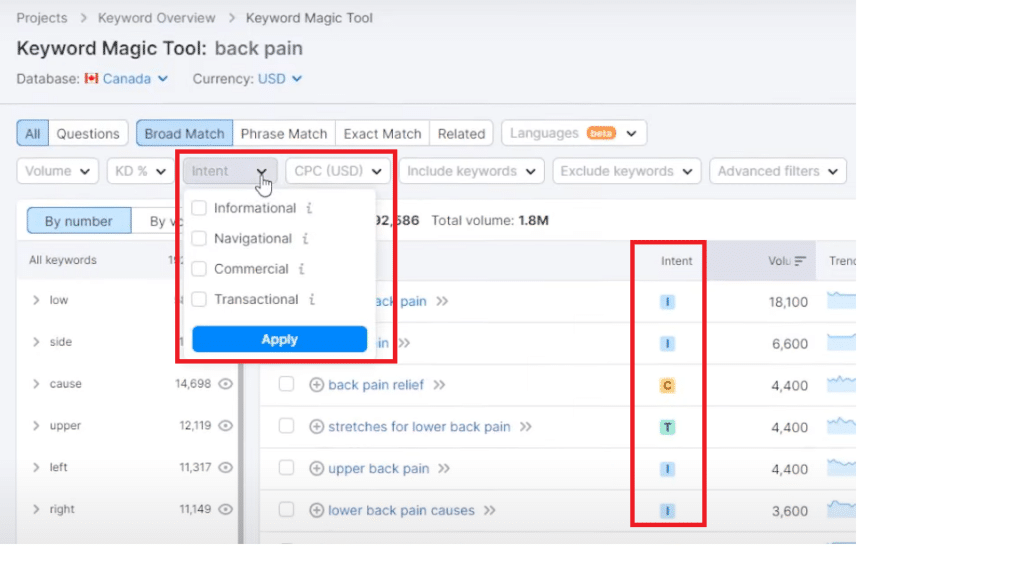Let’s talk about “Low Budget” Google Ads for affiliates. We’re talking about making your dollars go further, in a way that still lets you tap into the goldmine of affiliate marketing without wasting money. So, grab a coffee because I want to unload some real-world examples to get us moving from budget-conscious to profit-producing affiliates on Google Ads.
Google Ads Budget Does NOT Define Your Success
First off, it’s important to understand that a smaller budget doesn’t mean you can’t succeed. It simply means you need to play the game smarter (and longer). I’ve been down this road, spending nearly $7 million on Google Ads over 5 years. And I’ve learned a thing or two about maximizing returns, regardless of the size of your wallet.
Step #1: Picking the Right CPA Offers
Choosing the right CPA offers is super important. You want offers that pay enough so that you’re still making a good ROI after you’ve paid for your ads. Think about offers that pay somewhere between $15 and $150. This range is pretty solid because it gives you room to play around with your ad spend but still leaves you with a nice profit margin.
You also need to consider how well these offers will do on Google Ads. Some products just work better with search engines. It’s about matching what you’re promoting with what people are searching for and making sure the intent is there. If the offer fits well with the kind of searches people are doing, you’re more likely to see clicks turning into cash.
So, when you’re sifting through offers, keep in mind not just how much you’ll earn but also how likely it is that someone searching on Google will want what you’re promoting. That’s how you’ll find offers that are not just profitable but also a good fit for the platform.
Step #2: Low Budgets on Google Ads Require Precise Keyword Research
When you’re using Google Ads, the keywords you choose are pretty much everything. Your mission is to find keywords that don’t just get a lot of searches but are used by people ready to take action, like making a purchase, and yet don’t cost you too much for each click.
I use SEMRush for this because they allow me to filter keywords by the users intent!

Another great tool is Google’s Keyword Planner. These tools are essential because they let you dig deep to find exactly what potential customers are searching for. You’re not just shooting in the dark; you’re using these tools to pinpoint the exact phrases that have a good balance of search volume and competition level. Ideally, you want specific keywords—those that show someone is not just browsing but actually looking to buy something soon.
With a low budget for your Google search ads, finding those low-cost but high-intent keywords is crucial. You’re looking for terms that clearly indicate someone is in the later stages of the buying process. Phrases that include words like “buy,” “deal,” “discount,” or specific product names tend to be great because they show that someone is past the research phase and ready to pull out their wallet.
In essence, you’re being very deliberate with your keyword selection, using these tools to filter out the noise and hone in on those terms that are most likely to convert searchers into buyers without skyrocketing your ad spend. It’s all about balancing cost with the potential for conversion.
Step #3: Congruent Landing Pages
Your landing page is where the magic happens. It’s not just about catching the user’s eye; it’s about holding their hand and guiding them through to a conversion. This means creating a page that resonates with the ad they clicked and speaks directly to their needs and desires. A well-crafted landing page uses the problem-agitate-solution formula, identifying the visitor’s pain point, agitating that problem, and then offering your affiliate product as the solution.
I won’t ramble on because I did an entire video on this subject here:
Step #4: Bid Wisely
When you’re working with a limited budget on Google Search Ads, every cent you bid needs to work hard for you. Start with enhanced CPC (Cost Per Click) to dip your toes in the water and gauge the effectiveness of your keywords and ads. Make sure you have proper conversion tracking in place. I use CPV Lab Pro for this since they integrate easily and post all my conversions to Google. As you start to see which keywords convert, consider moving to a target CPA (Cost-per-acquisition) bidding strategy, allowing Google’s algorithms to find the best opportunities for your ads.
If you want more strategies and tips on how to really bid like a master check out our Google Ads Challenge.
Step #5: Testing and Optimization
Getting your Google Ads campaign up and running is really just the beginning. The key to making your campaign profitable is constantly testing and optimizing every part of it. This is where you start to see what’s really working and what’s not.
For your ads, it might mean playing around with the wording or the images you use, or the extensions. Sometimes, just changing a few words in your ad copy can make a big difference in how many people click on it. It’s all about finding what resonates with your audience.
Your landing page is another area where small changes can have big impacts. Maybe the layout needs tweaking, or perhaps adding a video or changing the call-to-action button color could increase conversions. The goal is to ensure that once people land on your page, they’re more likely to take the action you want them to take.
Then there are the keywords and offers. Maybe some keywords aren’t bringing in the right kind of traffic, or perhaps a different offer might convert better. It could also be worth looking into who you’re targeting. Maybe your ads and offers would do better with a slightly different audience demographic.
The bottom line is, don’t just set your campaign and forget it. Dive into the data, see what it’s telling you, and don’t be afraid to experiment. The most successful campaigns are those that are constantly refined and optimized over time.
Real-World Examples: Case Studies
If you’re looking for examples of Google Ads campaigns that actually work, we’ve got plenty of strategies. Inside our affiliate forum and training sessions, we break down these campaigns so you can see what strategies were used and how they turned out. It’s like getting a behind-the-scenes look at what makes a successful campaign tick.
You’ll see more examples, get insights on tweaking your campaigns, and learn from others’ wins and mistakes. It’s all about getting better results without having to go through all the trial and error yourself.
Scaling Your Success
Once you’ve found a winning formula, it’s time to think about scaling. But here’s where you need to tread carefully. Scaling doesn’t mean just increasing your budget. It means gradually expanding your keyword list, experimenting with similar offers, and maybe even venturing into new countries with similar demographics.
Conclusion: Making the Most of Small Budgets for Google Ads
Ending on a strong note, diving into Google Ads doesn’t require a big budget. With the right approach, even low budgets can see impressive results. It boils down to strategic planning, selecting offers that align with your budget and niche, and optimizing every facet of your campaign from keywords to landing pages. Remember, success in Google Ads isn’t about how much you spend, but how wisely you use what you have. By focusing on high-intent keywords, refining your ad copy, and continually testing and tweaking, you can create a campaign that not only performs well but also maximizes your return on investment.


